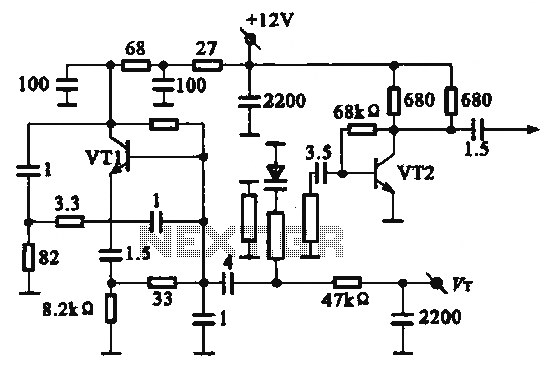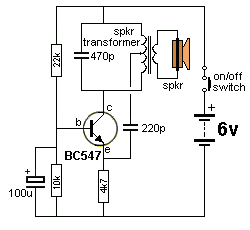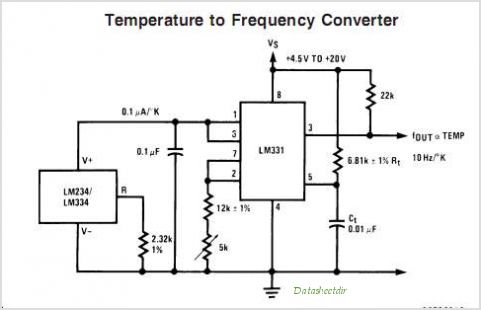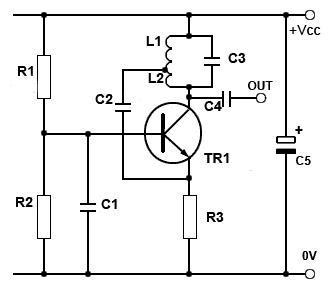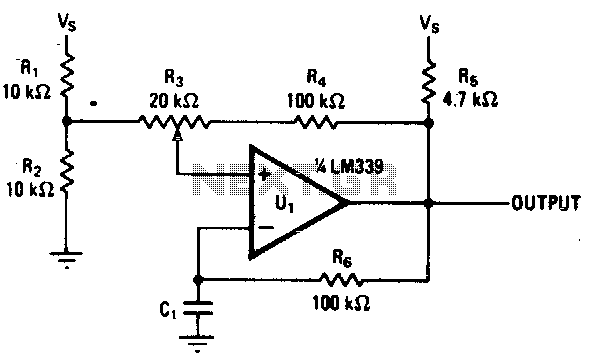
High Frequency Colpitts Crystal Oscillator
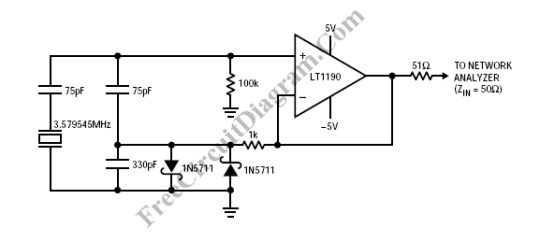
Op-amps have been widely used in low-frequency oscillators.
Op-amps, or operational amplifiers, are versatile components frequently utilized in the design of low-frequency oscillators. These devices are capable of generating periodic waveforms, such as sine, square, or triangular waves, which are essential in various applications, including signal processing, audio systems, and waveform generation.
In a typical low-frequency oscillator circuit using op-amps, the configuration often employs feedback mechanisms to establish the desired frequency of oscillation. Common configurations include the relaxation oscillator and the Wien bridge oscillator.
The relaxation oscillator typically features a capacitor and a resistor in its feedback loop, where the charging and discharging of the capacitor through the resistor creates a square wave output. The frequency of oscillation can be adjusted by varying the resistance or capacitance values.
In contrast, the Wien bridge oscillator is known for its ability to produce a sine wave output. It uses a bridge circuit composed of resistors and capacitors to determine the frequency of oscillation. The op-amp serves as a gain element, amplifying the signal while maintaining stability. A light bulb or thermistor can be used in the feedback path to automatically adjust gain and stabilize the amplitude of the output waveform.
Both configurations illustrate the flexibility of op-amps in generating low-frequency signals, making them invaluable in electronic circuit design. The choice of configuration depends on the specific requirements of the application, such as waveform shape, frequency stability, and output amplitude.Op-amps has been widely used in low frequency oscillator (frequency . 🔗 External reference
Op-amps, or operational amplifiers, are versatile components frequently utilized in the design of low-frequency oscillators. These devices are capable of generating periodic waveforms, such as sine, square, or triangular waves, which are essential in various applications, including signal processing, audio systems, and waveform generation.
In a typical low-frequency oscillator circuit using op-amps, the configuration often employs feedback mechanisms to establish the desired frequency of oscillation. Common configurations include the relaxation oscillator and the Wien bridge oscillator.
The relaxation oscillator typically features a capacitor and a resistor in its feedback loop, where the charging and discharging of the capacitor through the resistor creates a square wave output. The frequency of oscillation can be adjusted by varying the resistance or capacitance values.
In contrast, the Wien bridge oscillator is known for its ability to produce a sine wave output. It uses a bridge circuit composed of resistors and capacitors to determine the frequency of oscillation. The op-amp serves as a gain element, amplifying the signal while maintaining stability. A light bulb or thermistor can be used in the feedback path to automatically adjust gain and stabilize the amplitude of the output waveform.
Both configurations illustrate the flexibility of op-amps in generating low-frequency signals, making them invaluable in electronic circuit design. The choice of configuration depends on the specific requirements of the application, such as waveform shape, frequency stability, and output amplitude.Op-amps has been widely used in low frequency oscillator (frequency . 🔗 External reference

